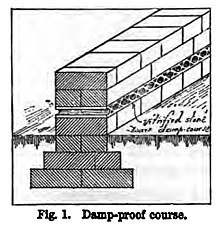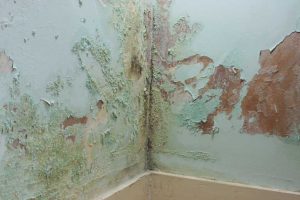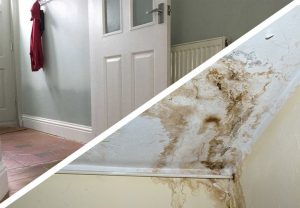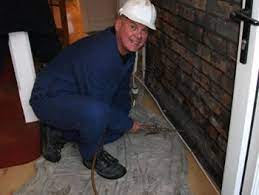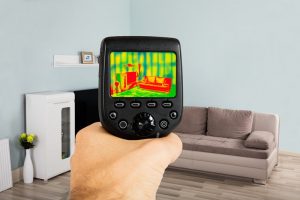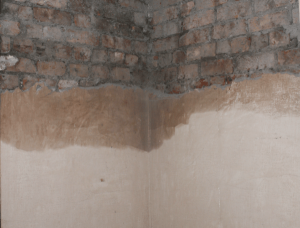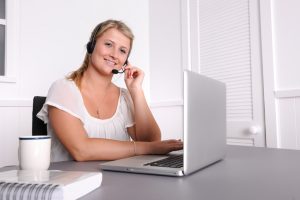Historically, farmers, groundworkers, engineers and geophysicists are in agreement that the area of the UK commonly referred to as ‘South East England’ is clearly delineated by its regularly excavated substrata. The initial dense layer of soil on an often oily clay bed, remains in-situ upon a thick chalk foundation.
Unfortunately, these three thin layers atop the surface of the lithosphere are inherently unconducive to damp-free housing. Footings that are supported on a solid chalk-bed may well be structurally sound insofar as load-bearing stability is concerned. However, dense chalk does not allow for sufficient drainage below ground-level. Surface water will naturally filter through soil where it pools on the clay substrate. The semi-permeable clay seals the chalk bed, trapping the water which then indefinitely remains at footings level. The is essentially the reason why specialists in regional planning have listed rising-damp as a predominant long term risk when undertaking construction within South East England.
Rising Damp
Rising damp occurs when the breakdown of a building’s Damp Proof Course (DPC) occurs allowing moisture to wick upwards through the structure by capillary action.
A DPC installed during construction will be a physical layer of an impermeable material, this can consist of slate, bitumen impregnated felt or plastic for example. Many older properties do not have a DPC at all, and a local change in conditions can increase the level of moisture in the ground leading to an occurrence of rising damp in the property.
Treating Rising Damp
At survey, which is a non-destructive evaluation tailored according to your property, our experienced surveyors will assess the property for a range of factors which may be the cause of dampness. A hand-held instrumental moisture content meter will be used to build up a picture of dampness in timbers and walls, and this pattern, in addition to a survey of the locality outside and within a property, will lead to an accurate evaluation.
Our experienced surveyors will be able to determine if the dampness reported is rising damp requiring a remedial DPC and re-plastering or other system or if it is dampness due to contaminant salts left in the plaster by an old case of rising damp which just needs specialist re-plastering.
Where appropriate we can install a remedial chemical or gel DPC System to control the problem. The chemical DPC is either a solvent or silane/siloxane compound injected into the walls at regular intervals. This will negate any future rising dampness by creating an impermeable barrier within the wall.
The plaster in this affected area must be replaced as part of the DPC System. This is because the water drawn up from the ground contains salts which are themselves hygroscopic – they attract and hold moisture from the atmosphere. There will often be a small level of moisture held in the masonry due to the salts now present even when the rising damp is controlled.
Re-plastering has two functions. It replaces the salt-contaminated plaster and protects the newly decorated surface from any residual moisture held in the wall.
All our work is guaranteed and materials used are approved and applied in accordance with good practice as described in BS 6576.
Penetrating Damp
Penetrating damp is the ingress of external moisture into a property through the walls or roof, rather than from below ground as with rising damp.
Penetrating damp can occur when rainwater gets into the fabric of a solid masonry wall due to external defects or over a cavity wall where there is something bridging the cavity, like rubble or insulation.
Where possible the source of the moisture is controlled such as a leaking gutter or down pipe. The exterior walls can be protected with re-pointing, rendering or the application of a translucent silicon water repellent.
Cavity wall insulation fitted to unsuitable properties can cause dampness to occur on internal wall surfaces where the insulation material is wet, or cold spots form where there are voids in the insulation.
Request a Quote
For more information about our rising damp and penetrating damp services or for a quotation please Contact Us today.
TRUST IN OUR ACCREDITATIONS




